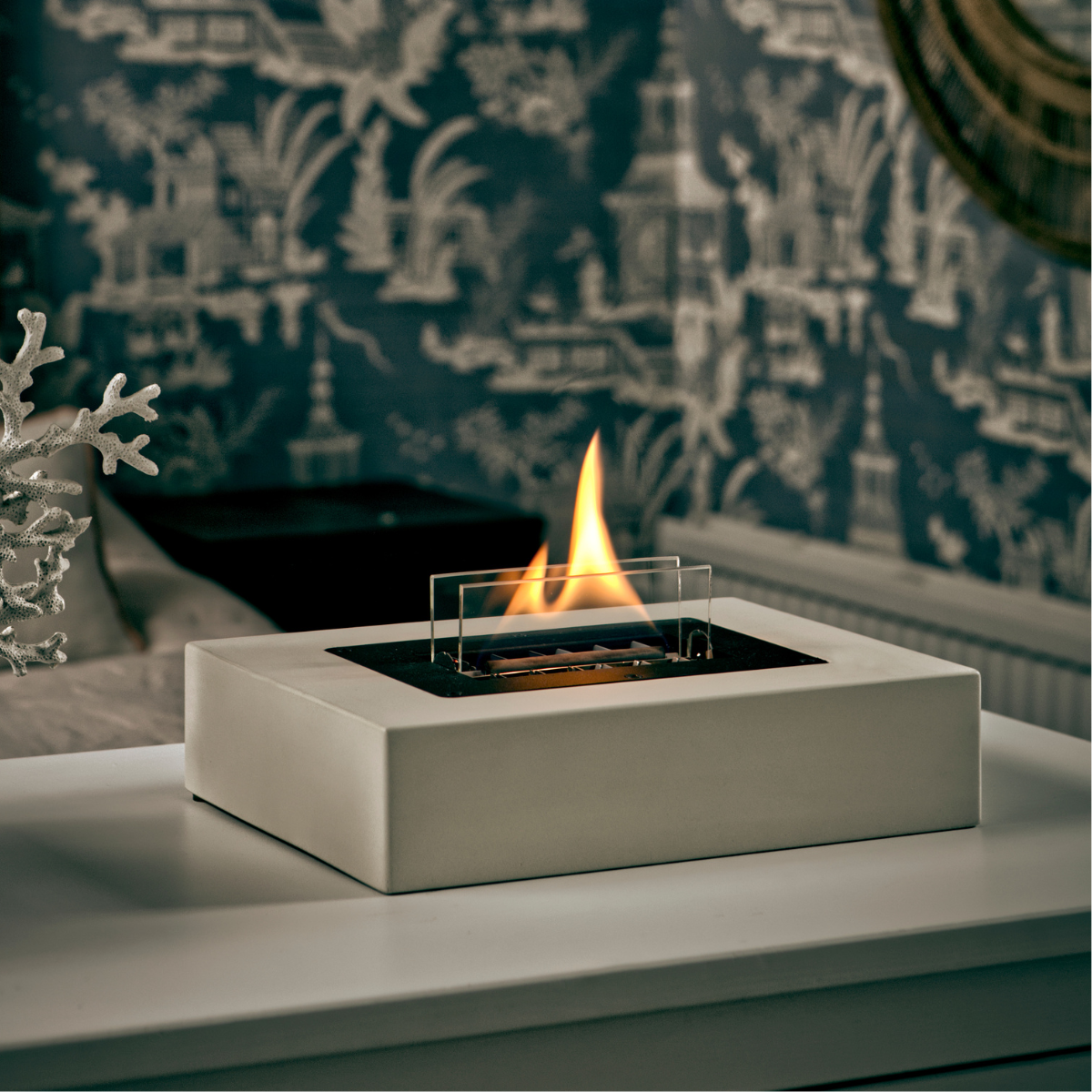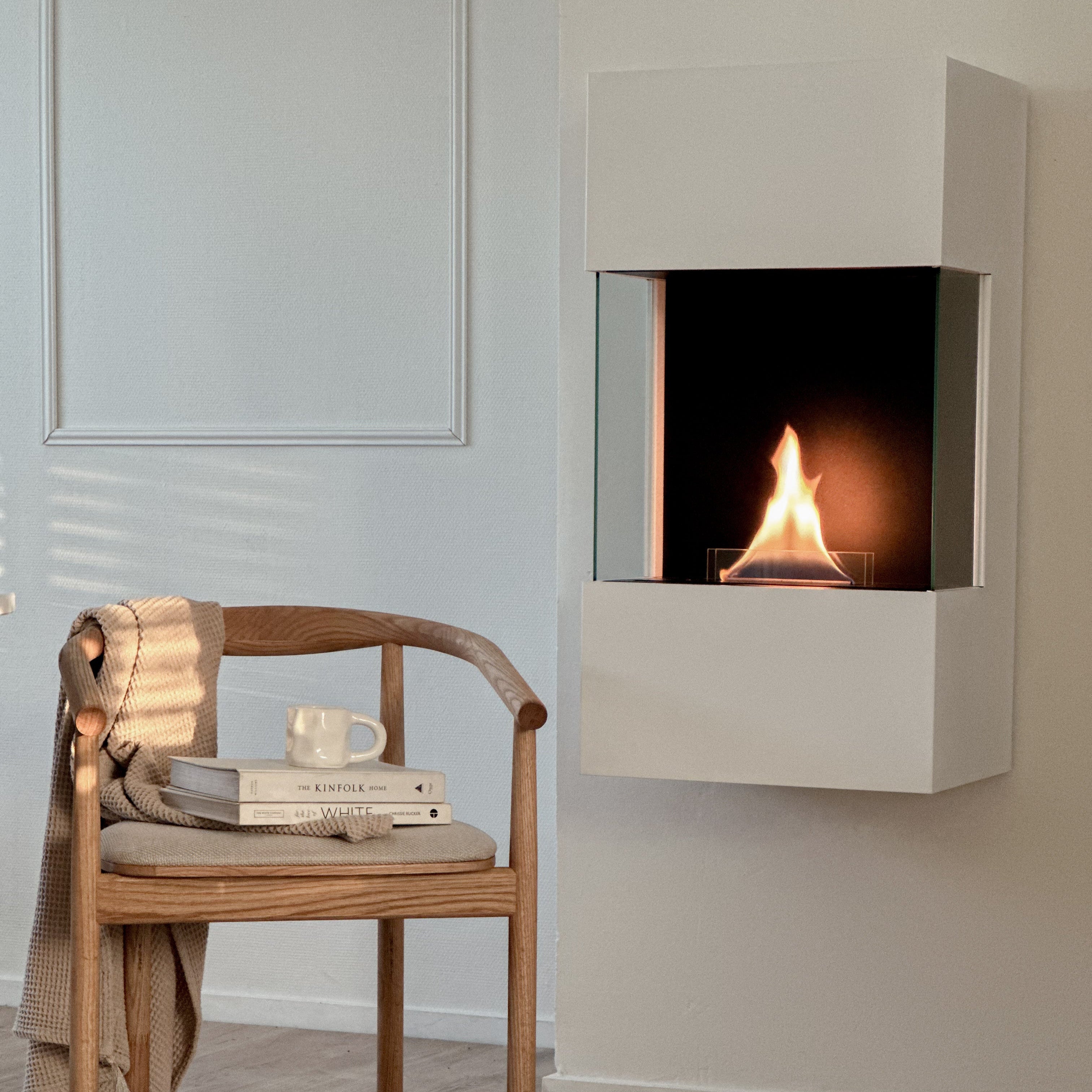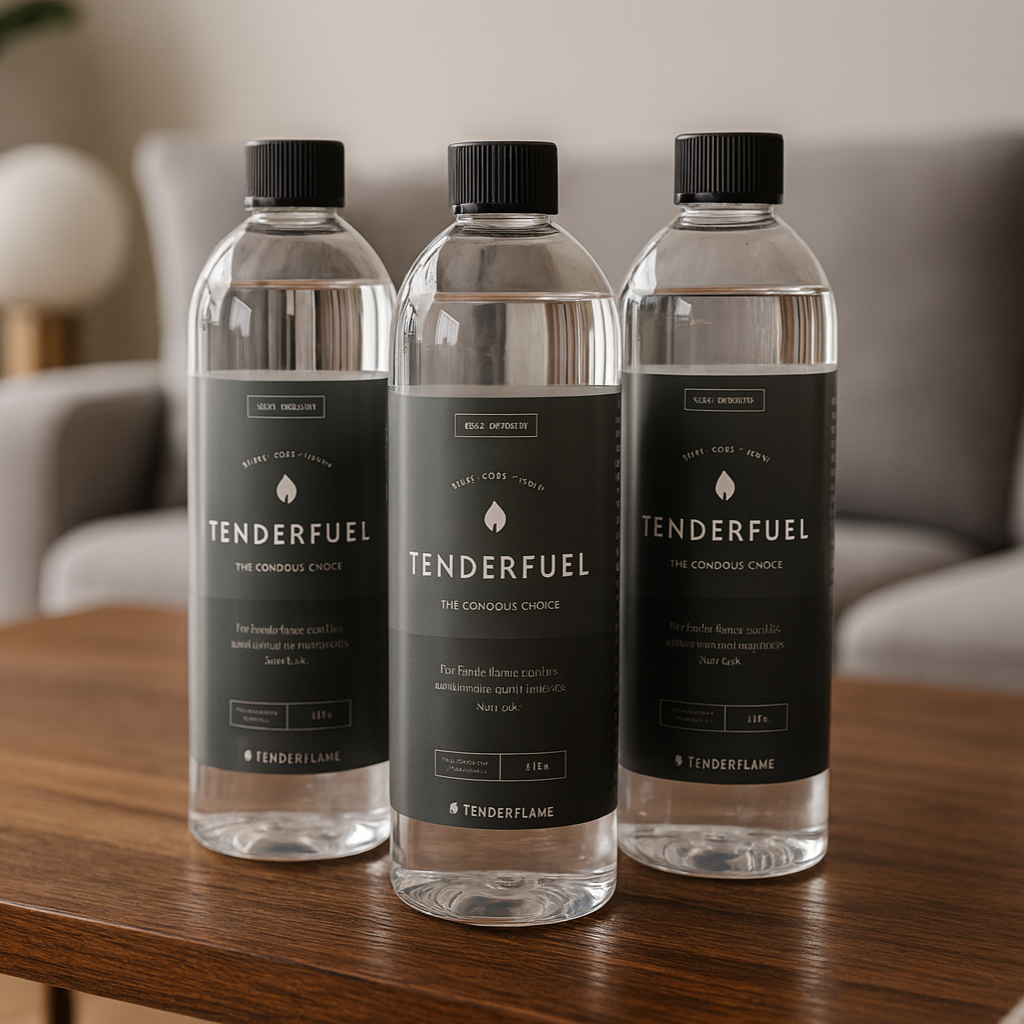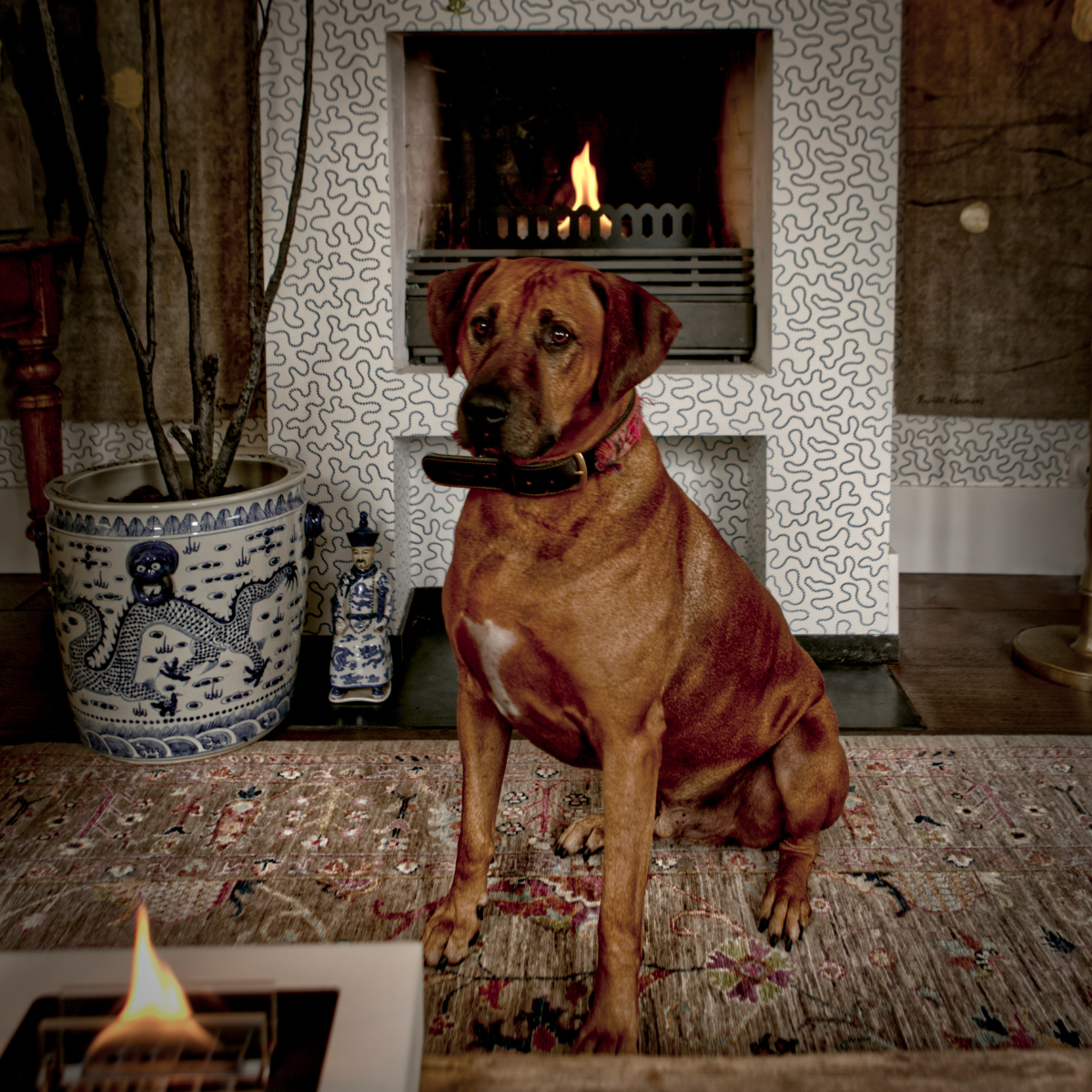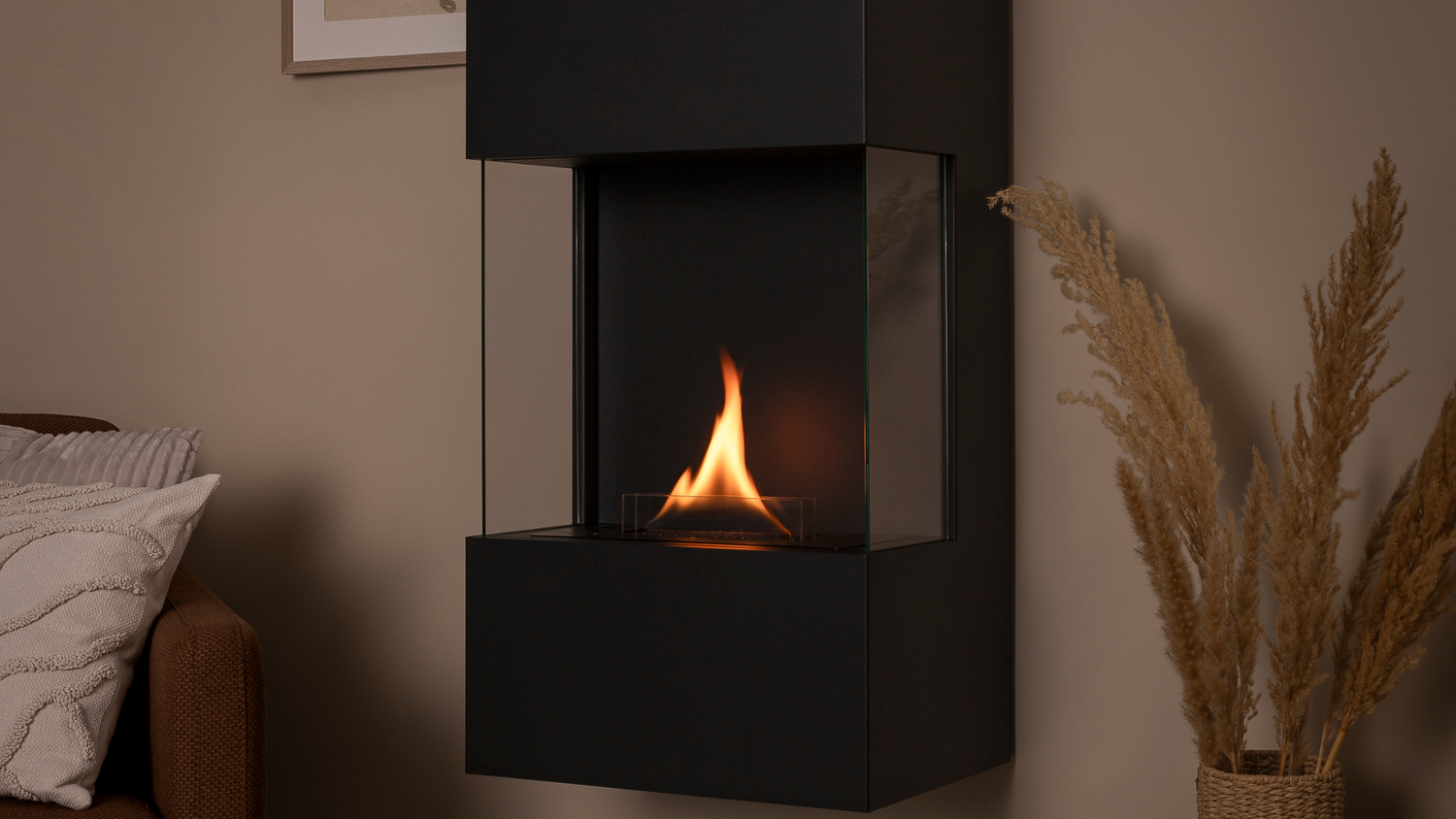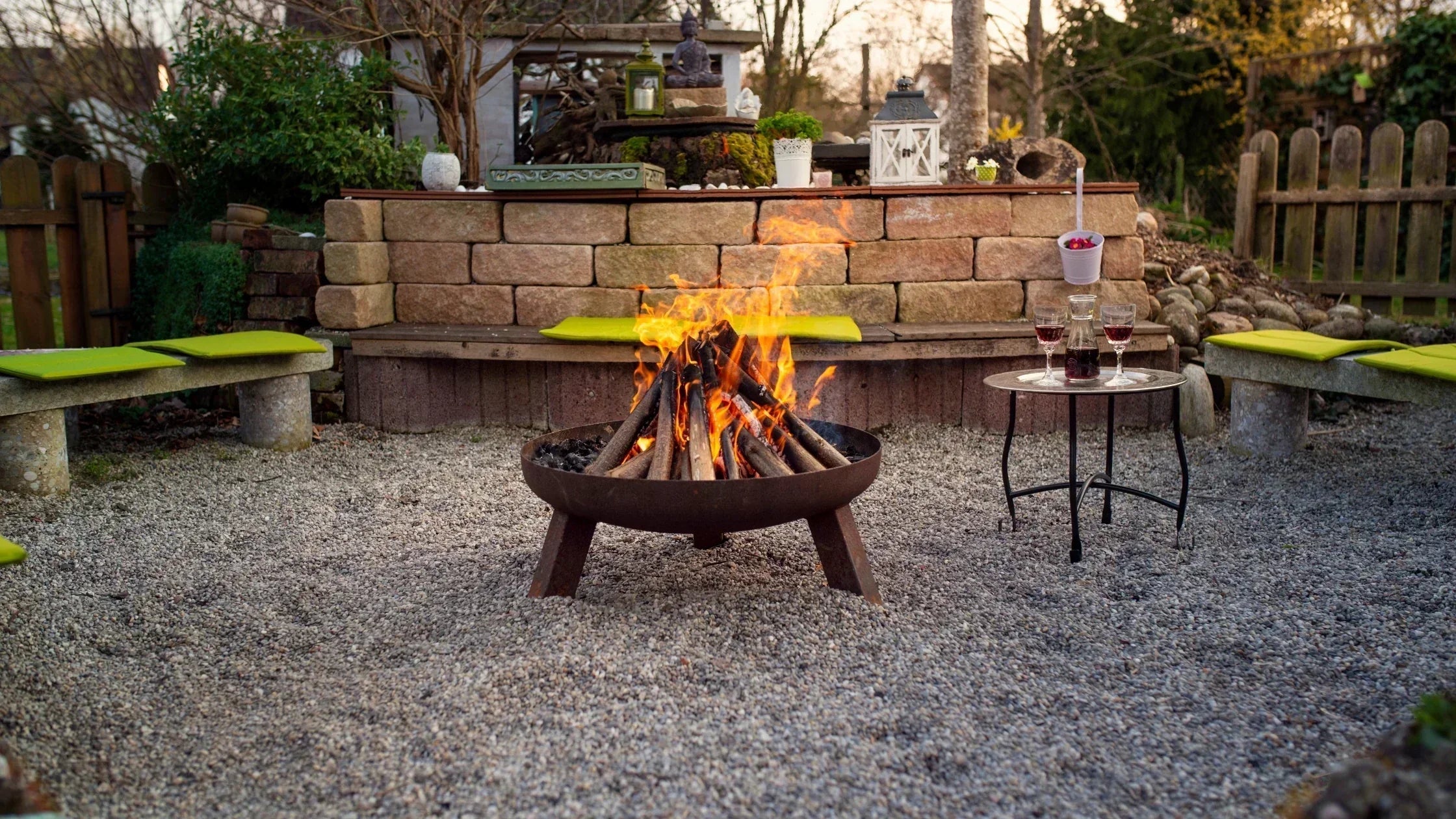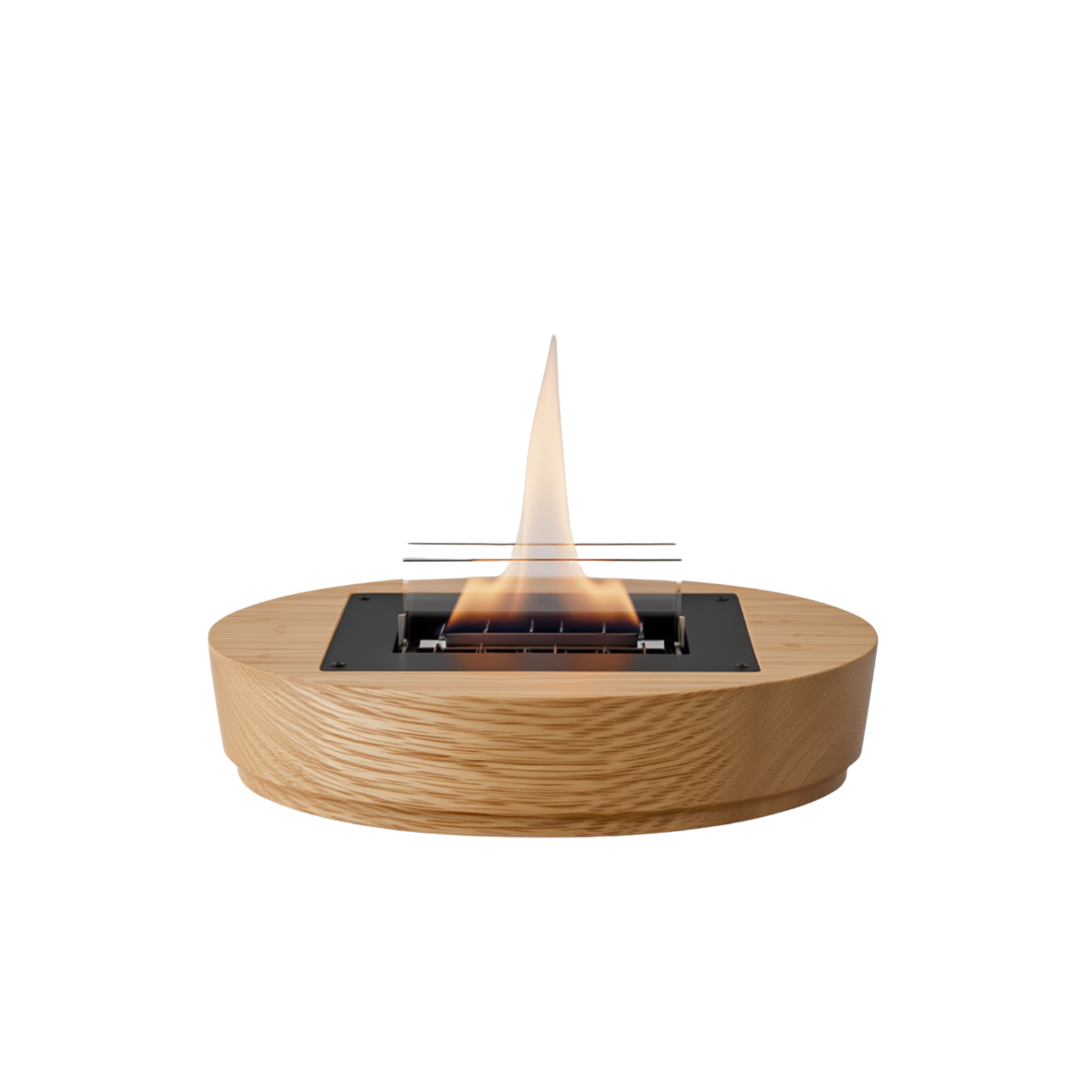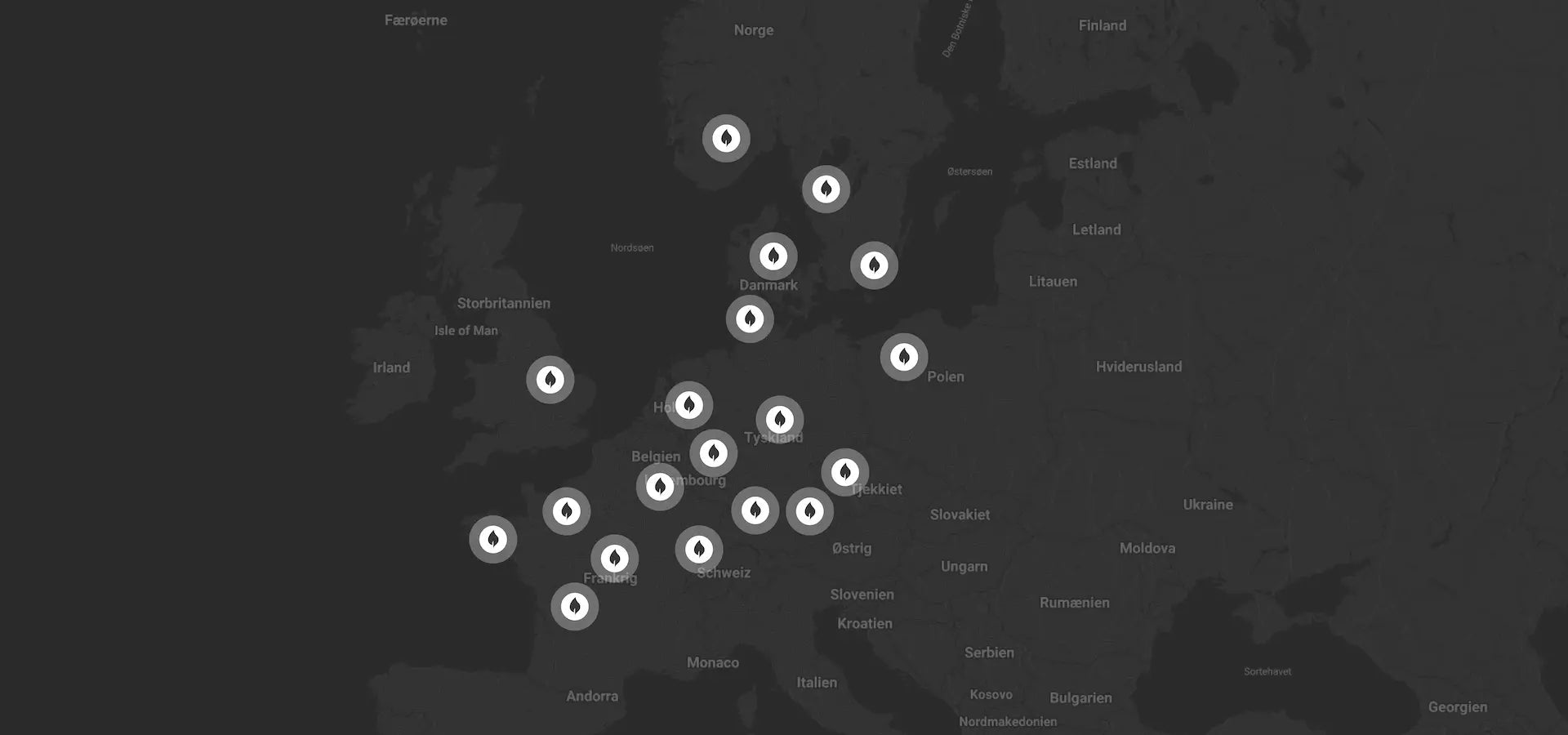When looking for an atmospheric fireplace without a flue or gas connection, you often end up with two popular options: the Tenderflame fireplace and the bio-ethanol fireplace. At first glance, they look very similar, but there are clear differences that are important to know. In this blog, we explain why a Tenderflame fireplace is the better choice in many ways.
What is a Tenderflame fireplace?
A Tenderflame fireplace is a modern fireplace that burns on Tenderfuel : a fuel that has been specially developed for maximum safety and minimum pollution of the indoor air. In combination with the unique wick technology, this ensures a beautiful, real flame without the risks of traditional bio-ethanol fireplaces.
The advantages of Tenderflame compared to bio-ethanol fireplaces
1. Much safer to use
Tenderfuel is not flammable outside the fireplace and only catches fire in combination with the special wick. This eliminates the risk of flare-ups or explosions, as can happen with bio-ethanol. Refilling while the fireplace is still warm or even burning is also safe.
2. Safe for children and pets
Because Tenderfuel is not flammable under normal circumstances, a Tenderflame fireplace is much safer in households with children or pets. The chance of accidents is considerably smaller than with a bio-ethanol fireplace.
3. Odorless and smoke-free
Burning bioethanol can produce an unpleasant odor or smoke, especially in poorly ventilated areas. Tenderflame burns virtually odorless and smokeless, so the air quality in the home is not affected.
4. Cleaner combustion and better air quality
Tenderfuel burns without soot or particulate matter, which ensures cleaner indoor air. Although both systems emit CO₂ during combustion, Tenderfuel gives less odour and smoke nuisance and thus contributes to a more pleasant indoor climate.
5. No additional ventilation or exhaust required
Although ventilation is always recommended when using an open fire, Tenderflame does not require additional extraction or ventilation due to its clean combustion, unlike some bio-ethanol fireplaces where this may be necessary.
6. Longer burning time per liter
Tenderflame fireplaces are more economical in use. You need less fuel to achieve the same burning time as with a bio-ethanol fireplace. This not only provides convenience, but also lower operating costs in the long term.
7. Stylish and versatile design
Tenderflame offers a wide range of fireplaces: from small table lanterns to large, freestanding models. They fit into almost any interior and are suitable for both indoors and outdoors.
Overview: Tenderflame vs Bio-ethanol Fireplace
| Feature | Bio-ethanol fireplace | Tenderflame fireplace |
|---|---|---|
| Safety | Flammable, risk of flash fire | Non-flammable outdoor fireplace |
| Refill | Risky by a warm fireplace | Safe, even with a warm fireplace |
| Smell/smoke | May emit odor and smoke | Completely odorless and smoke free |
| Air quality | May cause soot and odor | Clean combustion without soot |
| Ease of use | More complex and risky | Simple and safe |
| Burning time | Faster consumption | Longer burning time per litre |
Why Tenderflame is the better choice
Tenderflame is ideal for those looking for a safe, maintenance-free and user-friendly fireplace. You can enjoy real fire, without having to worry about safety, smell or ventilation. In addition, the fireplaces are stylishly designed and easy to use.
Whether you are looking for a compact model for on the table or an eye-catcher for the living room: with Tenderflame you bring atmosphere into your home without compromise.
Where can you buy a Tenderflame fireplace?
Tenderflame fireplaces and Tenderfuel are available at various home furnishing stores, garden centres, online retailers and our own webshop. Make sure you always use original Tenderfuel for safe use and optimum performance.


